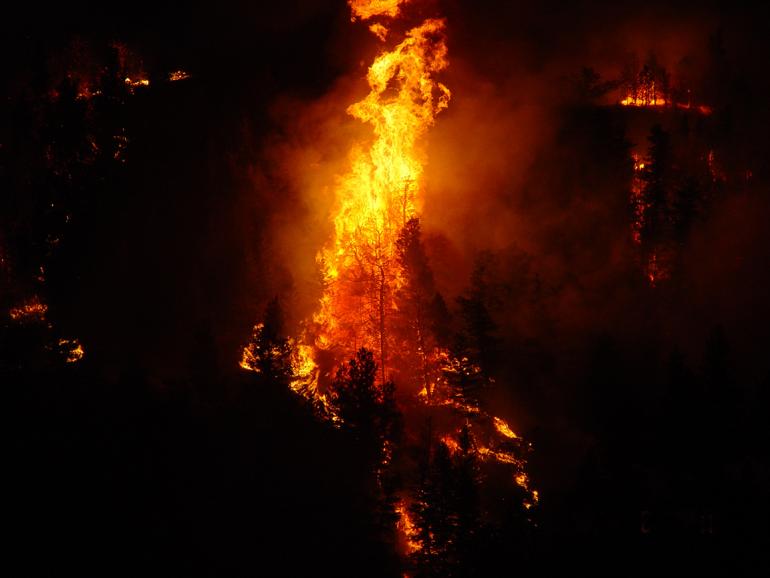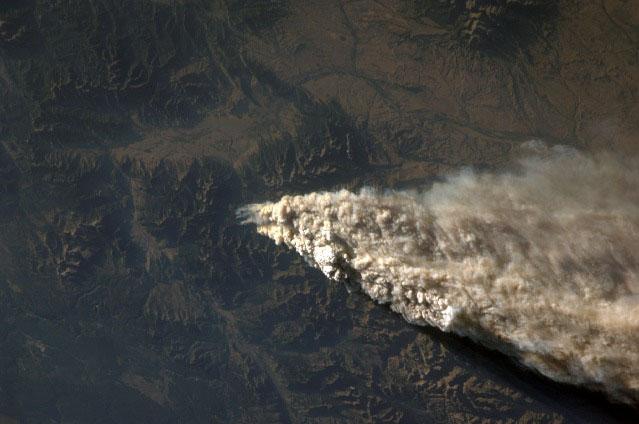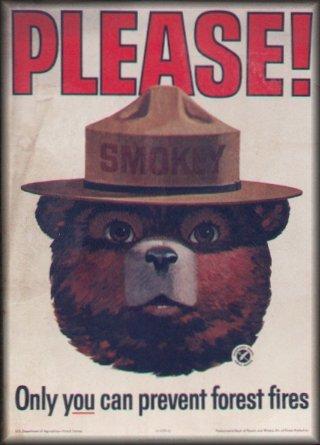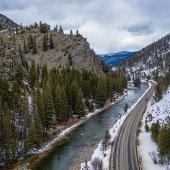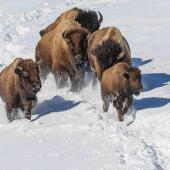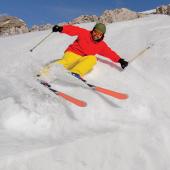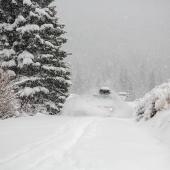Wildfire Safety
A drive through the Madison Valley reveals a charred landscape in place of the trees and natural greenery that most residents remember. Last year a human caused fire decimated the rolling hills surrounding Bozemanite’s favorite floating river. A similarly odd experience is a drive along East River Drive where last year the Pine Creek destroyed homes, forest, and part of the beloved Pine Creek Café
Last year alone, over one million acres of forest burned in Montana, most deep within the national parks land, but some of them neared our towns and put our population in danger. A conscientious resident of Southwest Montana should know how to prepare for a forest fire. As fire season comes upon us we’ve gathered the best preventative and preparedness tips for living within fire zone.
Know Your Environment
One of the easiest ways to stay safe is to be aware of fire conditions. Fires occur in hot, dry temperatures–—to check out the weather conditions for southwest Montana go to the National Weather Service. Like most years in recent history, Montana is in a drought; we are three to six inches below the normal precipitation of 185 inches. Because of the drought we have the dry part of the perfect recipe for fire down and with temperatures in the high 80s to 90s the hot portion is par for the course. Before you go out and play in the forest make sure to check local conditions, with our brittle forests fires ignite and spread quickly.
Know the Restrictions
The forest service places burn restrictions on personal fires to help protect your homes and land—don’t be a dumbass like the guy who started the Madison River Fire. There are two stages of fire restrictions, make sure to check which level your region is before striking a match.
Stage One: In this stage campfires, stoves, and smoking outside of vehicles is prohibited but the Forest Service will allow specific campsites to be exempt, and individuals can apply for permits to allow burning. The fines range from $5,000-10,000 for ignoring these restrictions, and perpetrators are responsible for suppression costs if a fire results from their negligence.
Stage Two: These restrictions are more severe and generally appear later in the fire season. In addition to the Stage One restrictions, drivers are prohibited to operate vehicles off designated roads between 1pm and 1am. More restrictive rules supersede everything else, so make sure to be aware of current restrictions. The Forest Service maintains a website to keep you informed of current burn restrictions in your area.
Evacuations
Gallatin Valley residents like to live as close to nature as we can. Most of the time this allows us to see wildlife up close, stay away from pesky neighbors, and live in solitude. However, these homes that border the national forest are also right in the path of a wild fires and residents need to be prepared for evacuation alerts.
In order to protect residents the Sheriff’s Office has a two-step warning process. These notices are often delivered door-to-door but check out the news for bulletins from the Sheriff.
First Notice: This is a pre-evacuation warning which means that there’s a chance that an evacuation will be needed, and is the homeowner's cue to start packing evacuation supplies. Once an area is evacuated, no one is allowed back until the fire is controlled.
What to Pack: Evacuation kits need to include important documents, medication, clothing, and cell phone chargers. It might be several days before residents are allowed back onto their properties so bringing everything the first time is paramount. The Sheriff’s Office has evacuation packets and information for homeowners, available at their South 16th location.
Second Notice: The second notice is an order to go. When the Sheriff’s Office releases this announcement, it means the homes are in direct danger of the blaze and evacuation needs to happen quickly. The motto for evacuation is: leave early so that you don’t put others in danger. Residents can't be forced to leave their property, but people who plan to stay need to be prepared. If you plan on staying, YOU MUST STAY. Fire fighters will not put their lives in danger saving you if you’ve been dumb and thought your things were more important than your life.
Evacuating quickly and efficiently is crucial—if people clog up the road leaving too late, firefighters can't get through to protect the homes. Making everything run smoothly and safely will allow the greatest protection for residential areas.
Southwest Montanans need to be aware and involved in fire management. If you follow these tips and check fire conditions in your area we can all be safer during fire season.
For information and updates on current conditions and wildfire safety in the Gallatin Valley, check out these links:
–For up to date information about fires specific to Montana, go to Northern Rockies Coordination Center.
–To apply for a Burn Permit.

